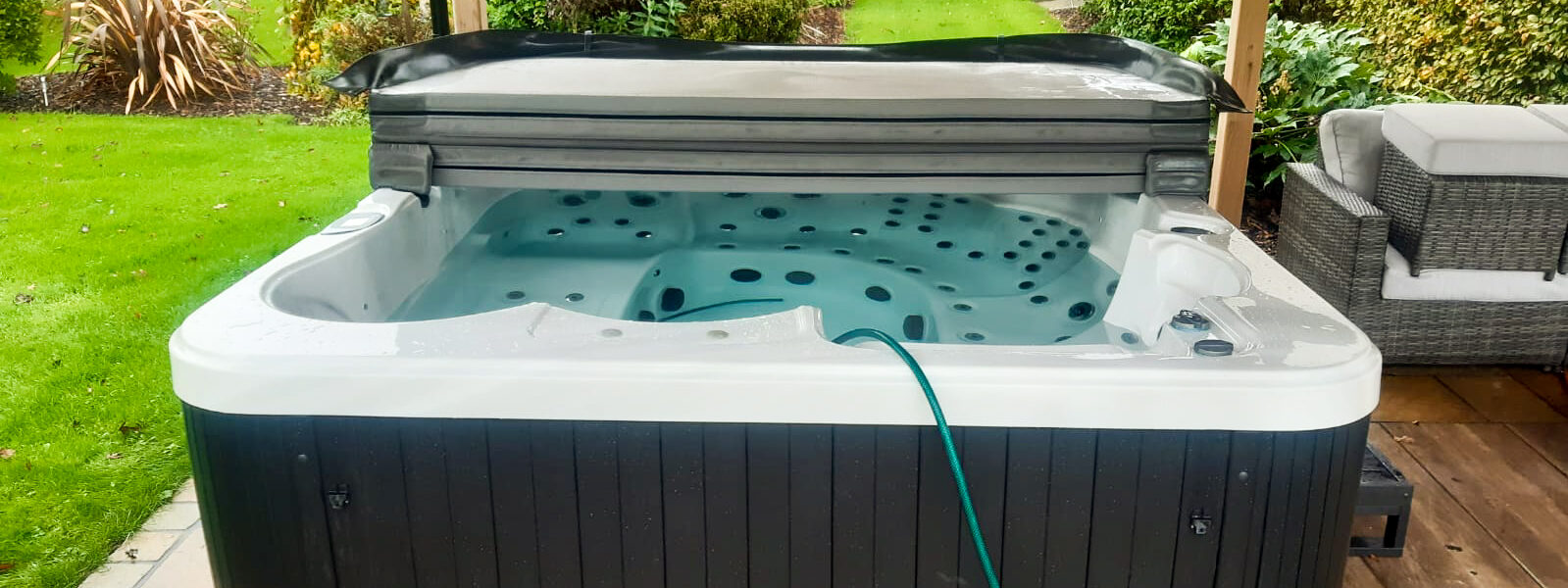Automatic chemical feeders are a great tool for maintaining water quality in pools, spas, and water systems. However, just because they’re automated doesn’t mean they’re always efficient. With the right practices, you can save on both chemical costs and energy use—without compromising water safety. Here are some essential tips to help you get the most out of your automatic feeder.
1. Optimize Feeder Settings
One of the easiest ways to improve efficiency is by correctly setting your feeder based on your system’s needs. Start with manufacturer-recommended settings, then fine-tune based on actual water test results. Overdosing wastes chemicals and can damage equipment, while underdosing leads to poor water quality and the need for corrections that cost time and money.
2. Use Timers and Smart Controllers
Pairing your chemical feeder with a timer or a smart controller can significantly improve energy and chemical efficiency. These tools allow you to control when the feeder operates, ensuring it only runs when water is circulating. This avoids wasting chemicals and energy when the pump is off.
3. Match Feeder Operation to Pool Usage
If your pool or spa isn’t used frequently, there’s no need for the feeder to work at full capacity. Adjusting output during low-use periods helps conserve both chemicals and power. For example, reduce chlorine feed rates during cooler months or when the pool is not in use for extended periods.
4. Regular Maintenance is Key
A clogged or dirty feeder can cause inconsistent chemical flow, leading to spikes or drops in chemical levels. Clean your feeder routinely and inspect parts for wear and tear. A well-maintained feeder operates more efficiently and lasts longer, saving on repair or replacement costs.
5. Choose High-Efficiency Chemicals
Not all pool chemicals are created equal. Some are formulated to be slow-dissolving and long-lasting, which is ideal for feeders. Choosing higher-quality products may cost a little more upfront but can reduce the overall amount needed, resulting in long-term savings.
6. Circulate During Off-Peak Hours
If your system runs on electricity, consider operating your feeder and circulation pump during off-peak hours when energy costs are lower. This simple shift can cut your utility bills without affecting water quality.
Conclusion
Automatic feeders can make water care easier, but true efficiency comes from smart usage. By adjusting settings, maintaining equipment, and using timers or automation, you can reduce waste and operating costs. The result? A cleaner, safer water system that’s easier on your wallet—and the environment.





